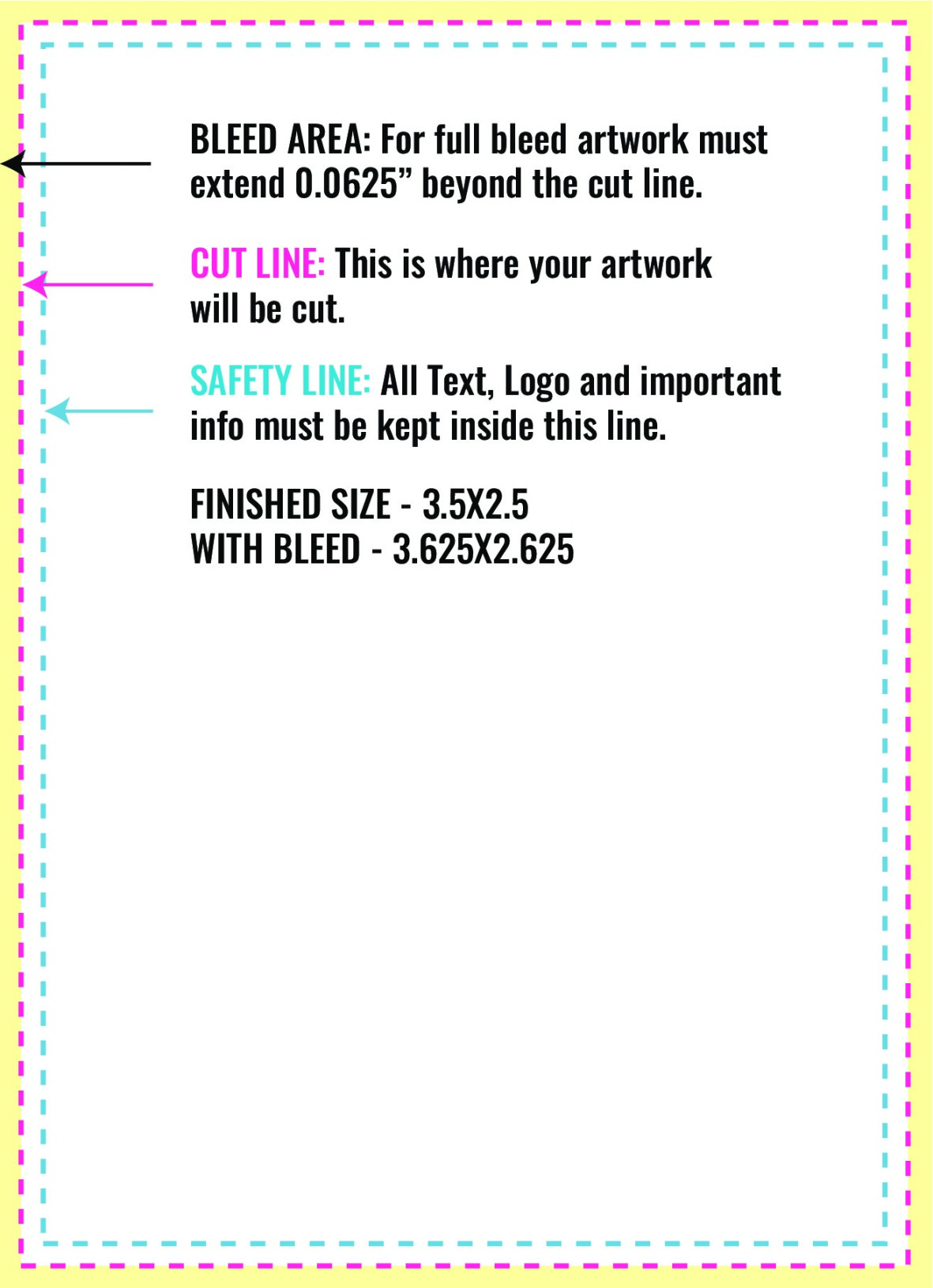Understanding the Dimensions
The standard size for a baseball Card is 2.5 inches by 3.5 inches. This format has been consistently used for decades, making it a familiar and recognizable size for collectors. Adhering to this standard ensures your baseball cards align with industry norms and are compatible with standard card holders and display cases.

Designing for Clarity and Readability
Font Selection: Choose fonts that are easy to read and visually appealing. Serif fonts, such as Times New Roman or Garamond, often work well for the main text due to their readability. Sans-serif fonts, like Arial or Helvetica, can be used for headings and subheadings for a more modern look.
Text Alignment: Align the text within your template to enhance readability. Left-alignment is generally preferred as it allows for a more natural flow of text. However, you can also consider center-alignment for titles or key information.
Color Scheme: Select a color scheme that complements the theme of your baseball cards. Consider using colors associated with baseball, such as red, white, and blue, or choose colors that contrast well with your background image. Ensure that the text is easy to read against the background color.
Incorporating Visual Elements
Image Placement: Position your images strategically within the template. Consider using a high-quality image of the baseball player or team. Ensure that the image is clear and well-defined.
Background Design: Choose a background design that enhances the overall aesthetic of your baseball card. You can use a solid color, a gradient, or a patterned background. Avoid using overly busy backgrounds that can distract from the main content.
Border and Frame: Incorporate borders or frames to define the edges of your baseball card. This can add a touch of elegance and professionalism. Consider using a subtle border or a more decorative frame, depending on your desired style.
Essential Elements for Professionalism
Player Information: Include essential player information, such as the player’s name, position, team, and year. Use a clear and consistent format for presenting this information.
Statistics: Highlight key statistics, such as batting average, home runs, or earned run average. Use a visually appealing format to present this data.
Team Logo: Feature the team logo prominently on your baseball card. This helps to identify the team and adds a sense of affiliation.
Card Number: Assign a unique card number to each baseball card. This helps to track and organize your collection.
Additional Information: Consider including additional information, such as the card’s rarity or a brief biography of the player. This can enhance the value and interest of your baseball cards.
Proofreading and Quality Control
Attention to Detail: Carefully proofread your baseball card template to ensure accuracy and eliminate errors. Check for spelling, grammar, and formatting mistakes.
Consistency: Maintain consistency throughout your template. Use the same font, size, and spacing for similar elements.
Professional Appearance: Ensure that your baseball cards have a professional appearance. Use high-quality images and avoid cluttered designs.
By following these guidelines, you can create baseball card size templates that are both visually appealing and informative. A well-designed template can help your baseball cards stand out and attract collectors.